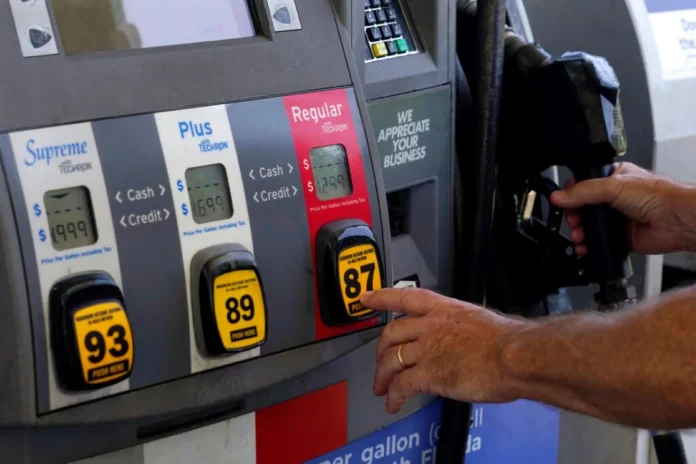
We will explain what you should know about the different octane gasoline. Should he be worried? What happens if you mix two different types of fuel?
What happens if we mix different octane gasoline?
Mixing different octane gasoline can be the worst mistake for your car engine. is usually used “regular gasoline” or gasoline labeled as “87” in the vehicles. However, some drivers add some premium gasoline with the label “93” in the half full tank by mistake.
See also: Gasoline regulator: faults and symptoms
Although it’s best to avoid doing so, mixing 87 and 93 octane gasoline doesn’t make much of a difference.
Gasoline grades (regular, mid-grade, and premium) are descriptions of the octane level of the fuel. Any gasoline with an octane number of 91 or higher is premium gasoline, any gasoline with 89 or 90 is mid-grade, and any gasoline below 89 is regular.
Higher octane fuel is better overall for your car’s engine which optimizes performance. However, by mixing two different octane levels you get your average.
That is, if you have a half tank of 87 octane gasoline and a half tank of 93 octane gasoline, you will have a full tank of 90 octane gasoline. Adding higher octane fuel to an engine that is designed to use lower octane fuel is not a problem.
However, your car’s engine will experience performance issues if you add lower grade gasoline to an engine that requires premium fuel.
Writing by Gossipvehicle

